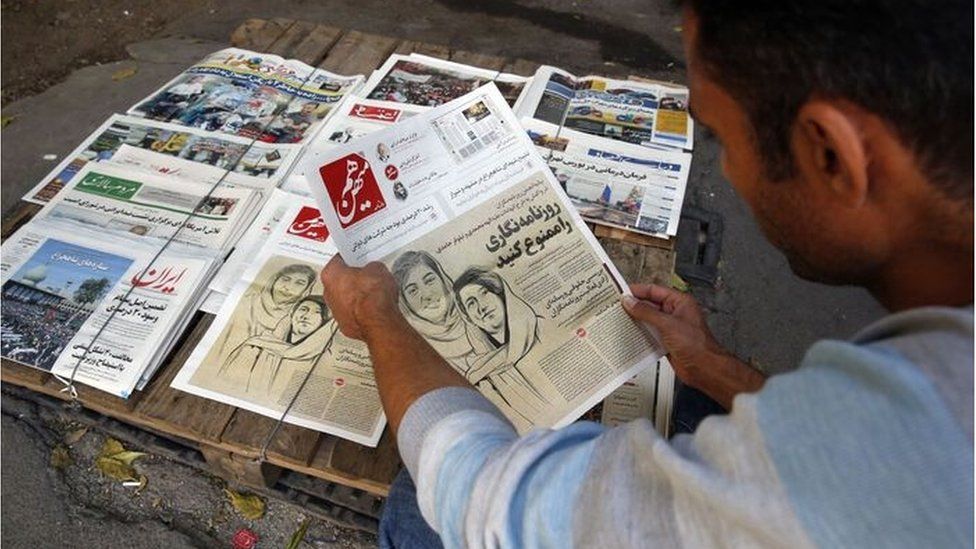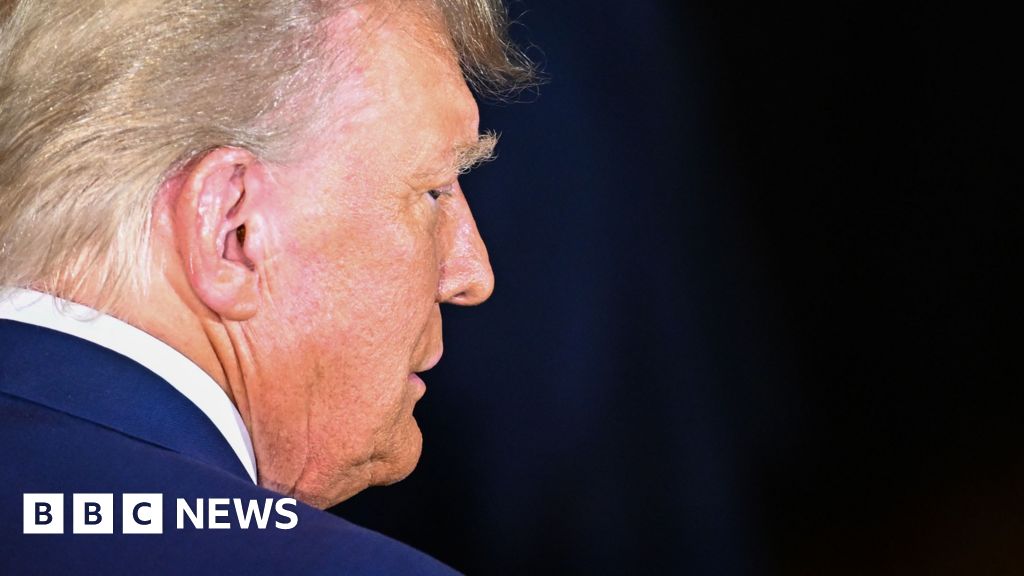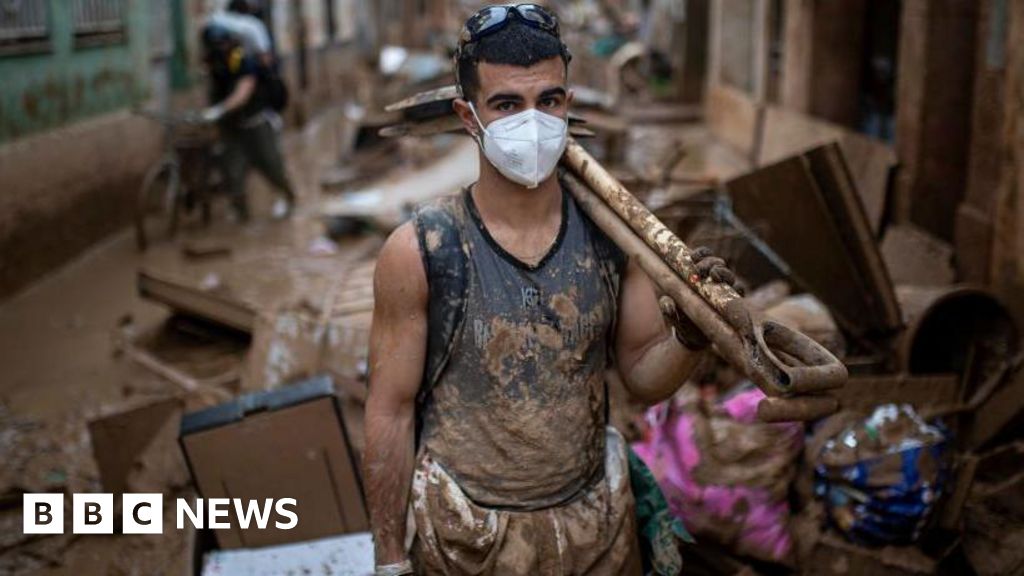ARTICLE AD BOX
 Image source, EPA-EFE
Image source, EPA-EFE
Journalists Elaheh Mohammadi and Niloufar Hamedi, among those arrested, have been held since September
By Feranak Amidi
BBC World Service
Female journalists in Iran have been targeted by security forces since anti-government protests began in September, activist groups say.
Figures vary, but at least 17 have been arrested, an international group for press freedom says. Another puts the number about three times that or more.
Iran has been gripped by some of the biggest protests it has seen since the Islamic Republic was founded in 1979.
Nearly 20,000 people are estimated to have been detained since September.
More than 520 protesters have been killed by security forces in that time, according to the Iranian Human Rights Activists' News Agency (Hrana).
The most recent arrest of a female journalist was that of Elnaz Mohammadi, who works for the "reformist" newspaper Hammihan. She was released on bail on Sunday.
Ms Mohammadi is the twin sister of Elaheh Mohammadi, who works for the same newspaper and was arrested on 29 September last year. She was detained for her reporting on the funeral of Mahsa Amini, the 22-year-old Iranian Kurdish woman whose death in police custody on 16 September sparked the protests. Ms Amini had been detained for allegedly not wearing her hijab properly.
A week before Elnaz Mohammadi was arrested, three other female journalists - Melika Hashemi, Saideh Shafiei and Mehrnoosh Zareie - were detained within the space of 48 hours.
"We're seeing an unusual number of female journalists being arrested because what sparked the protests was the mandatory hijab law and the death of a young woman because of gender discrimination," Yeganeh Rezaian, a researcher with the Washington-based Committee to Protect Journalists (CPJ), told the BBC.
"Naturally more female journalists were covering the story. Even in small towns and local newspapers women were reporting on the women-led protests that were taking place," she said.
Indeed the first journalist to publish a photo of Mahsa Amini was Niloufar Hamedi. She was arrested on 22 September and is still behind bars.
The CPJ estimates that at least 98 journalists and bloggers have been arrested, half of whom, it says, are women.
Reporters Without Borders (RSF), an international advocacy group for journalistic freedom, estimates that 55 journalists have been arrested since the start of the protests, 27 of whom are still being held with others released on bail awaiting sentencing.
RSF says 17 female journalists have been arrested since the start of the uprising, the highest number in a five-month period in the history of the Islamic Republic.
RSF's World Press Freedom Index puts Iran among the world's worst 10 countries for freedom of press.
Media in Iran are largely controlled by the state, and even so-called "independent" newspapers are heavily censored. Journalists inside Iran are barred from covering the protests or the funerals of protesters who have been killed.
Mrs Rezaian says that is why "many of the journalists have been arrested for their tweets and social media posts about the protests".
On 28 January, Nazila Maroofian, the first journalist to publish online an interview with Mahsa Amini's father, tweeted that she had been sentenced to two years in prison, fined and banned from leaving the country for five years.
She said she had been convicted of "anti-government propaganda and spreading false news" without a hearing and in absence of a lawyer.
Article 24 of Iran's constitution guarantees press freedom. But a 1986 press law, later amended to take account of online publications, allows the authorities to ensure that journalists do not "endanger the Islamic Republic", "do not offend the clergy and the Supreme Leader" and do not "spread false information".
It means journalists who challenge the official narrative of the state in any way can be targeted.
"Most of the arrests happen in the middle of the night," says Mrs Rezaian. "Security forces raid the homes of journalists, confiscating their [electronic] devices and the devices of their family members, mostly without showing a warrant."
Because most of the raids happen without a warrant, Mrs Rezaian says "families often don't know which organisation is responsible for the arrests and where their loved ones are being taken".
But based on information from the CPJ, the intelligence branch of the Revolutionary Guards is behind the arrests.

 1 year ago
31
1 year ago
31








 English (US)
English (US)